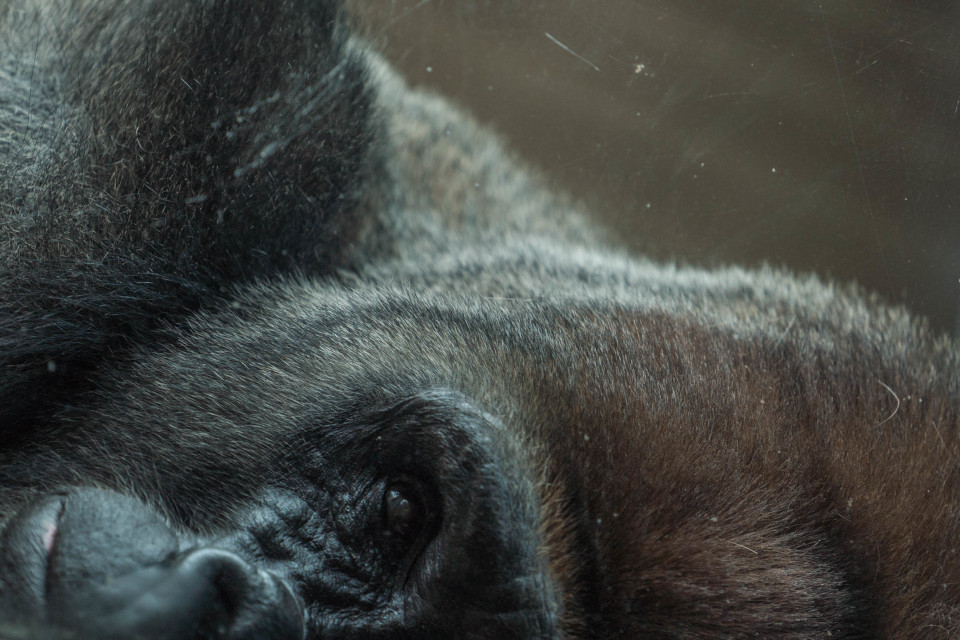Published on sciencedirect.com the 12.11.2020. | By: Maya Kummrow
A scientific study about abnormal behaviour in primates under human care: How do you handle it diagnostically and therapeutically? This paper provides an answer.
Note: When primates behave differently to expectation, zoo opponents quickly bring their pseudo expertise into play to make diagnoses, thinking that they know just the right therapy. This paper shows that real experts approach abnormal behaviour in a far more serious manner – after all, there are few easy answers in primate husbandry. This also shows that it is important for the media to not ask just anyone, but rather to consult proven experts in the field. This paper is the result of important basic research and it is highly relevant to husbandries in general, as primates are not only kept in zoos but also in rescue-stations, for instance. These findings may also be of great relevance when it comes to handling abnormal behaviour in primates living in nature. Which in turn shows how broadly findings made through husbandry can be applied in nature as well.
The gorilla doctors are yet another example that shows how important veterinary findings gained under human care are for nature conservation:
Zoo opponents like to try to play off in-situ and ex-situ measures against one another, despite them actually working hand in hand for a common goal: the increased welfare of primates in nature. This requires research, and this publication is an important contribution to it.
